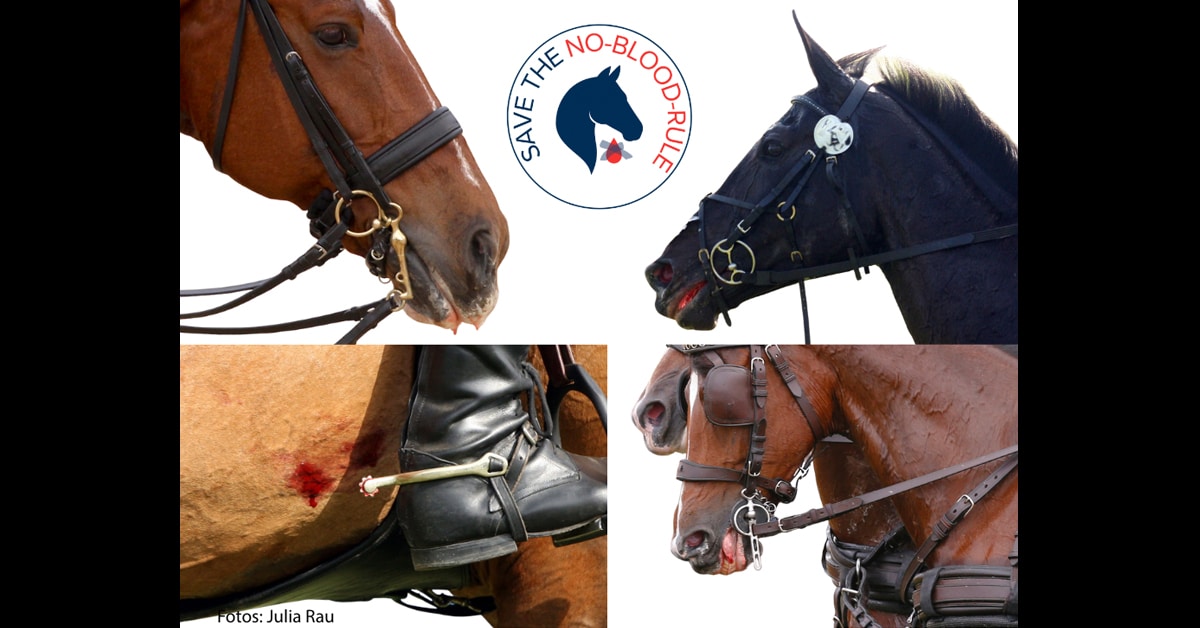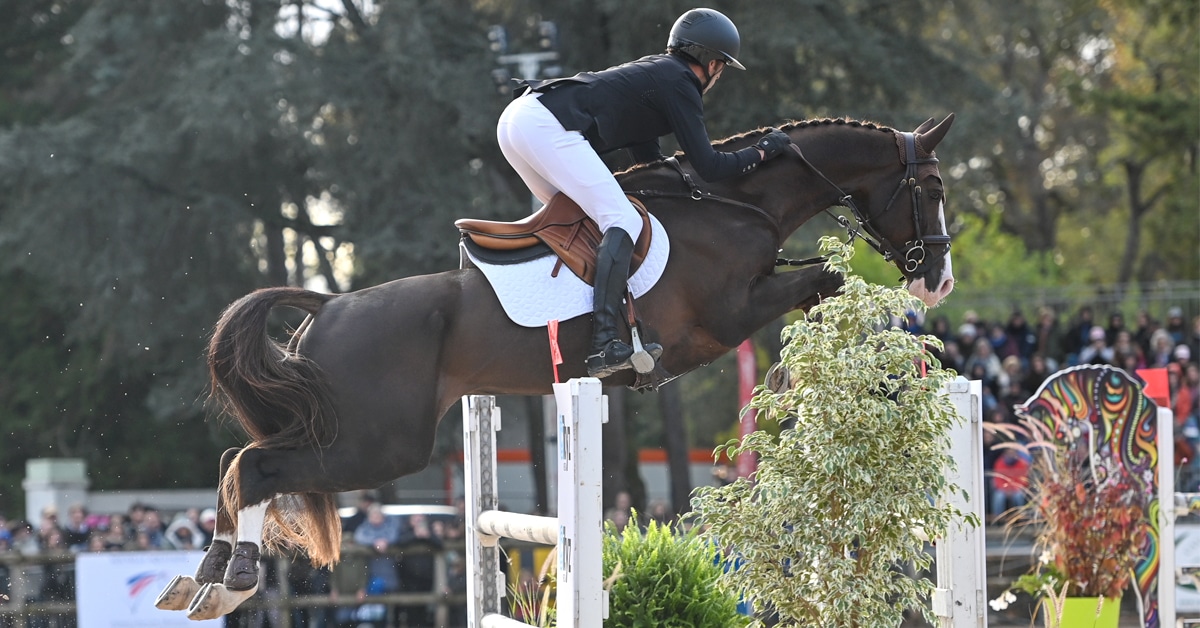The development of the Canadian Equine Identification Program (CEIP) is well underway. An overview of Phase 1 of the CEIP was released to the community for feedback in early September. The online feedback form will remain open indefinitely to give Canadian equine industry members the opportunity to continue sharing their feedback and aspirations for the program.
We are committed to developing a program that meets the needs of the diverse Canadian equine industry, and improves health, welfare, and sustainability. As a part of this commitment we will be working to engage with as many groups as possible through the development, implementation and continued evolution of the program to ensure that the deliverables continue to meet the needs of the industry.
We feel it is important to share the feedback received so far for the following reasons:
To assure members of the community that their feedback has been heard and considered, and outline the resulting changes/additions to the scope of the program.
To share feedback with the larger audience.
To address or provide clarity to questions, concerns, and misconceptions.
Response Rate & Analytics
While the response rate was low (12 responses total), the feedback received was constructive and supportive. The respondents included owners, provincial veterinary organizations, provincial equine organizations, national breed registries, and Canadian equine breeders.
In terms of our communication efforts, here is an overview of analytics from a variety of communication outlets:
An overview of the proposed program was also given on the National Equine Disease and Welfare Surveillance Call on Oct. 4, 2019. The recording for the call can be found here.
Feedback: Key Themes
To date some of the key themes from the consultations and submitted feedback fall under the following themes:
Microchipping
There has been a variety of feedback in regards to the microchipping (or physical identifier) portion of the proposed program. The feedback ranged from microchip location preferences and requirements to preferences for a specific manufacturer.
Please see the following points of clarification to address common concerns regarding microchips:
If my horse is already microchipped will they need to be microchipped again with the Canadian-specific 124 microchip?
Horses that were microchipped previous to the launch of the program will be considered in the grandfather period and will not need to have another microchip implanted – so long as the current microchip can be located and is RFID compatible and ISO compliant. However, owners of previously microchipped horses can still add the Canadian-specific microchip if they choose.
Would the microchip replace historical, breed-specific physical identifiers, such as branding and tattoos?
No, the microchip would be an additional means of identification, unless otherwise described by your applicable breed registration.
Will the mandated location of the microchip be either the upper lip or nuchal location?
Neither location will be mandatory. It will be the choice of the owner or the affiliated breed registry to decide. EC will continue to work with researchers on microchipping applications, locations, and process improvements.
Will microchips need to be implanted by a vet, or will owners be able to do it on their own?
Microchip implantation will depend on the veterinary law in your province/region, and whether microchip implantation is considered a veterinary practice in your jurisdiction. If microchip implantation is deemed a veterinary practice in your area, it should be discussed within your individual veterinary client-patient relationship.
Affiliate Breed Registries
Many of the National Equine Breed Registries have expressed interest in a National Identification Program, and in some cases have been asking EC to develop a central equine identification system. The proposed option for affiliate breed organizations would ensure the administrative process for breeders, organizations and owners is simple and effective.
How will breed registries become affiliated with the program? Will it be mandatory for all registries?
It is up to national and provincial breed groups to choose if they would like to be affiliated with EC and the CEIP. If your breed organization is not affiliated with EC, owners and breeders will still have the option to participate as individuals.
If my breed registry is affiliated with EC, will there be added paperwork, cost, or an additional registration for me as breeder?
EC intends to use an appropriate technology infrastructure to support dual registration so that no additional administration will be required.
Will an EC Sport Licence be required to participate in the program?
No. It is intended that the program would be autonomous and available to all breeders, owners and horses in Canada.
Feedback Snapshot by Sector
Here is a snapshot of the feedback received from various sectors of the equine community:
Veterinary Community
- It would be useful to include the date of birth in the publicly available information, in addition to the microchip number, the alive/deceased status, and the ban from slaughter for human consumption status. This important information is often lost during transactions when there is nothing to certify the actual age.
- This program is excellent but poses challenges in its implementation.
- We believe that it will be very difficult to achieve traceability for diseases or epidemics. It would be necessary to implement a mandatory updating process since this is not the current practice. Some horses change owners and facilities very frequently, so without such a requirement, the program will have difficulty achieving its health goals.
- For veterinarians, medical confidentiality is fundamental. It is therefore necessary to define the disclosure requirements and the potential consequences for the horse owner. Owners must be reasonably informed of the scope of their consent.
- As in the European Union system, it would be necessary, in the context of food safety, for the health data to include a “prohibition of slaughter for human consumption” clause from the moment the horse has received a drug that is banned from animals for consumption in Canada. This information should be readily available in the basic data. – The Ordre des médecins vétérinaires du Québec.
Provincial Equine Organizations
- We notice, having read the document, that the project will be mainly carried out on a voluntary basis, which, in our opinion, jeopardizes its value. For our part, efforts should be made to encourage governments to introduce legislation on the mandatory identification of horses in Canada and on the implementation of a traceability program.
- In our opinion, setting up an independent body whose role is to manage, protect (confidentiality) and share information at critical moments would be taken more seriously by government authorities. Equestrian Canada’s Equine Identification Program currently has more benefits for horse owners participating in certain competitions, which, though of great interest to them, dilutes the message regarding the protection of the greater equine population’s health. – Cheval Quebec.
- We believe in this program to the extent that it is being put in place first and foremost to protect the health of the national equine herd. We believe that the efforts and money of Canadian horse owners should not be used to implement a program that is not recognized and supported by the Government of Canada, as the risk of having to start anew later is significant.
Next Steps
CEIP program development continues, and all of the feedback received will be considered and included where feasible over the coming months. More updates are expected to be available in early 2020.
If you have any questions or comments regarding CEIP, please contact:
Kristy House
Manager, Welfare & Identification
Equestrian Canada
khouse@equestrian.ca
1-866-282-8395 x 130
More News










